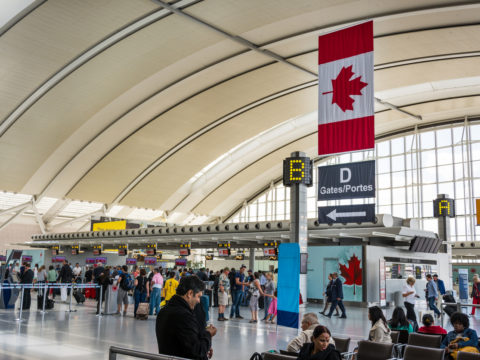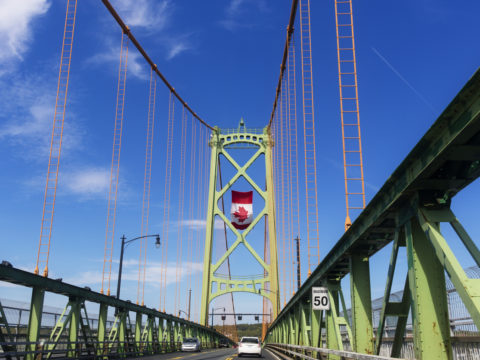
Canada has long pursued a policy of immigration fueled growth, but an immigration slowdown puts that entire strategy in jeopardy.
Canada’s 2020 immigration targets
With an ambitious plan to accept 341,000 new permanent residents in 2020, Canada was set to make history. This would have been the highest number of permanent residents Canada had ever admitted.
But a COVID-19 related immigration slowdown means only a fraction of that amount will be admitted. RBC Senior Economist Andrew Agopsowicz predicts that Canada will only reach 70% of that goal.
Immigration slowdown: The bad news
Despite Canada’s attempts to modernize the immigration system, the efforts might be too little, too late. There have been massive delays to both permanent and temporary immigration during the pandemic.
Delays to spousal sponsorship applications sparked protests across Canada in September. Permanent residents wishing to become Canadian citizens face indefinite delays in taking the test they need. And travel restrictions are the new normal so many new Canadian permanent resident visa holders are unable to come to Canada.
The immigration slowdown will also have an impact on Canada’s population demographics. Canada has a declining birthrate. The only thing keeping Canada’s population from declining is the constant influx of newcomers.
Immigration slowdown: The good news
IRCC is resuming some in-person services. Many Visa Application Centres (VACs) are reopening. We have also seen IRCC relaxing requirements for many streams of both permanent and temporary immigration.
Virtual citizenship ceremonies are also taking place. But as mentioned above, those wishing to take the test to be eligible for a citizenship ceremony are facing indefinite delays.
IRCC is increasing resources for spousal sponsorship applications. But can this type of effort be reproduced for other categories of immigration? IRCC has finite resources. Even with more money, it still takes time to train staff, and working remotely presents its own unique challenges.
It’s hard to find fault with the efforts made by IRCC to reduce the immigration slowdown. It’s clear that the government is making attempts to find innovative solutions for making the Canadian immigration system work during a global pandemic. But for a country like Canada, whose economy depends on immigration, it’s important to ask the question if more can be done?




